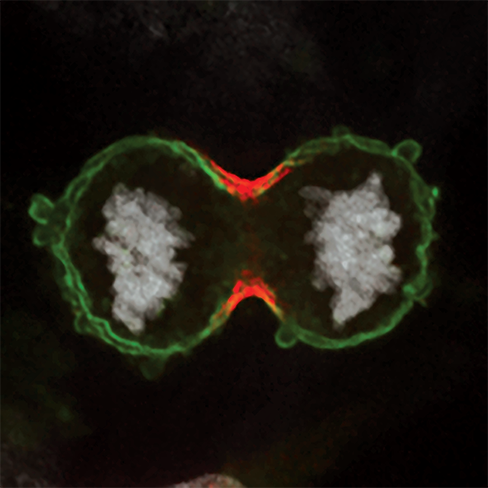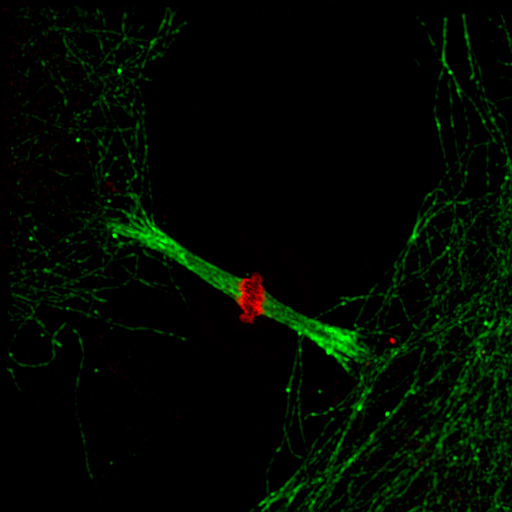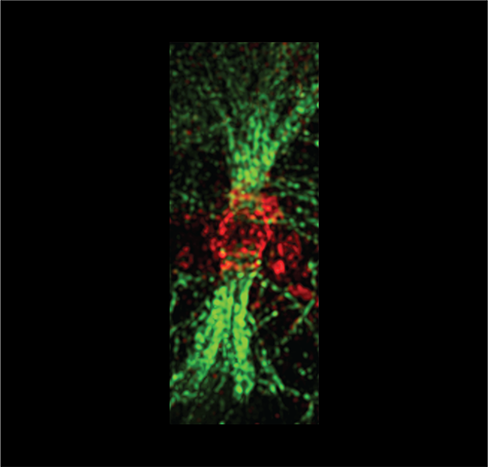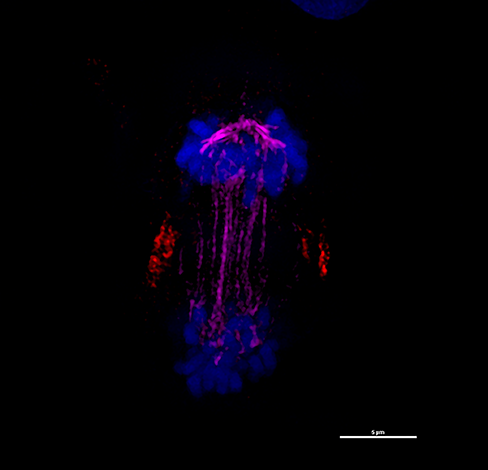RESEARCH IN THE WILDE LAB
How do different actin isoforms function in Cell Division?
There are 6 actin isoforms in mammals. Whilst they are over
95%identical
we discovered they are differentially localized
within dividing cells and are
required for different cytokinetic
events.Current projects are focused on
how these difference
actin isoforms networks are generated and what is
their
molecular requirement during cytokinesis.
References: Chen et al 2017, Chen et al 2020, Chen et al 2021, Shah et al 2024

Molecular Regulation of Abscission
Abscission is the final stage of cell division when the 2
new cells
physically separate. Exquisite regulation of this step
is required
to prevent aneuploidy and genome instability. Our
work
focuses on a cyclin dependent pathway that regulates
the assembly
and function of a filamentous network of ESCRT
proteins that are
required to separate the cells
References: Renshaw et al 2019

Mechansims Driving Intercellular-bridge Assembly
Abscission occurs in a long narrow tube, the intercellular bridge,
that is the
last connection between the 2 newly forming cells.
Failure to form the bridge
disrupts cytokinesis. Our work focuses
on the role of an anillin-septin
filamentous array required to
generate the intercellular bridge
References: Renshaw et al 2014, Panagiotou, et al 2022

Regulation of Furrow Ingression
The first step in the physical act of cell division is the assembly
of a contractile
ring to ingress a furrow of plasma membrane
between the segregating
chromosomes. If this critical step is
disrupted, cell division fails. Our work
focuses on the
scaffolding molecule anillin that acts as a central nexus
between
the different pathways regulating furrow ingression,
including the GTPase RhoA, microtubules and actin.
References: Renshaw et al 2014, Chen et al 2017, Panagiotou et al 2022, Shah et al 2024
 PUBLICATIONS
HOME
PUBLICATIONS
HOME
.
.
.
.